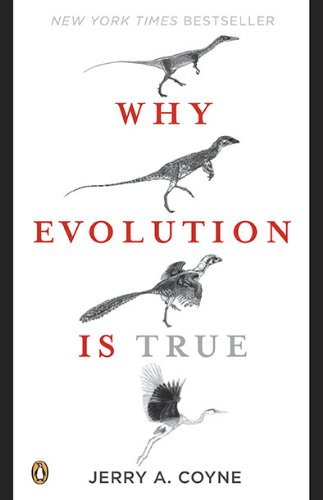The Laetoli Footprints
team of paleoanthropologists led by Mary Leakey confirmed the bipedality of A. afarensis with another remarkable find in Tanzania: the famous “Laetoli footprints.” In 1976, Andrew Hill and another member of the team were taking a break by indulging in a favorite field pastime: pelting each other with chunks of dried elephant dung. Looking for ammunition in a dry stream bed, Hill stumbled upon a line of fossilized footprints. After careful excavation, the footprints turned out to be an -foot trail made by two hominins who had clearly been walking on two legs (there were no impressions of knuckles) during an ash storm from an erupting volcano. That storm was followed by a rain, which turned the ash into a cement-like layer that was later sealed in by another layer of dry ash, preserving the footprints.
The Laetoli footprints are virtually identical to those made by modern humans walking on soft ground. And the feet were almost certainly from Lucy’s kin: the tracks are the right size, and the trail dates from around 3.6 million years ago, a time when A. afarensis was the only hominin of record. What we have here is that rarest of finds—fossilized human behavior. One of the tracks is larger than the other, so they were probably made by a male and female (other afarensis fossils have shown sexual dimorphism in size). The female’s footprints seem a bit deeper on one side than on the other, so she may have been carrying an infant on her hip. The trail evokes visions of a small, hairy couple making their way across the plain during a volcanic eruption. Were they frightened, and holding hands?
Notes:
Not only do these prints demonstrate A. afarensis could walk upright, but the nature of their preservation, having been made in volcanic ash and their proximity to one another, paints a image of two ancestors huddling together in an ashen landscape.
Folksonomies: evolution stories
Keywords:
A. afarensis (0.903089 (positive:0.237464)), laetoli footprints (0.873899 (positive:0.237464)), ashen landscape. team (0.751850 (neutral:0.000000)), favorite field pastime (0.731232 (negative:-0.463085)), dry stream bed (0.680723 (negative:-0.372989)), afarensis fossils (0.610908 (neutral:0.000000)), volcanic ash (0.610055 (neutral:0.000000)), female’s footprints (0.577260 (neutral:0.000000)), dry ash (0.535719 (negative:-0.257509)), ash storm (0.533006 (negative:-0.497311)), Mary Leakey (0.507196 (neutral:0.000000)), elephant dung (0.491587 (negative:-0.650185)), volcanic eruption (0.485199 (negative:-0.441695)), careful excavation (0.482950 (neutral:0.000000)), Andrew Hill (0.477624 (neutral:0.000000)), Laetoli footprints. (0.472317 (neutral:0.000000)), cement-like layer (0.470789 (neutral:0.000000)), sexual dimorphism (0.464474 (neutral:0.000000)), -foot trail (0.463344 (neutral:0.000000)), Lucy’s kin (0.460416 (neutral:0.000000)), human behavior (0.451902 (neutral:0.000000)), soft ground (0.450167 (neutral:0.000000)), hairy couple (0.449595 (negative:-0.454066)), trail dates (0.439743 (neutral:0.000000)), right size (0.439065 (positive:0.294462)), tracks (0.284842 (positive:0.294462)), chunks (0.268403 (negative:-0.650185)), knuckles (0.265453 (negative:-0.370236)), proximity (0.259124 (neutral:0.000000)), Tanzania (0.256667 (neutral:0.000000))
Entities:
A. afarensis:Person (0.832548 (positive:0.237464))
Concepts:
Laetoli (0.967365): dbpedia | freebase | yago
Australopithecus afarensis (0.873465): dbpedia | freebase | yago
Volcano (0.869349): dbpedia | freebase | opencyc
Human (0.737515): dbpedia | freebase | opencyc
Mary Leakey (0.734134): dbpedia | freebase | yago
Male (0.609152): dbpedia | freebase | opencyc
Hominina (0.533012): dbpedia | freebase | yago
Bipedalism (0.522949): dbpedia | freebase





